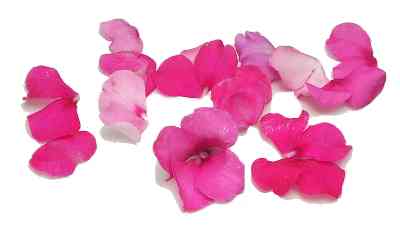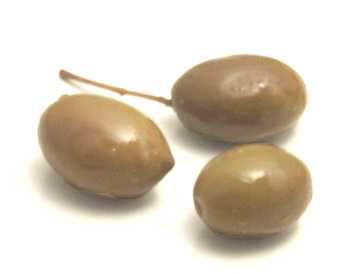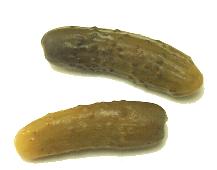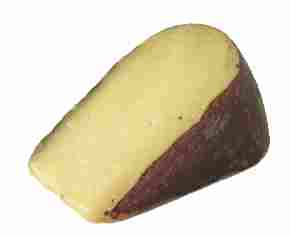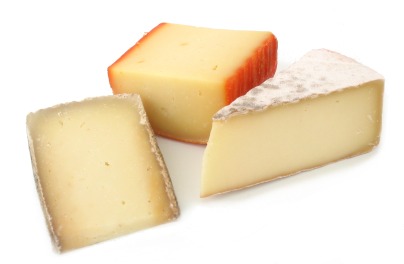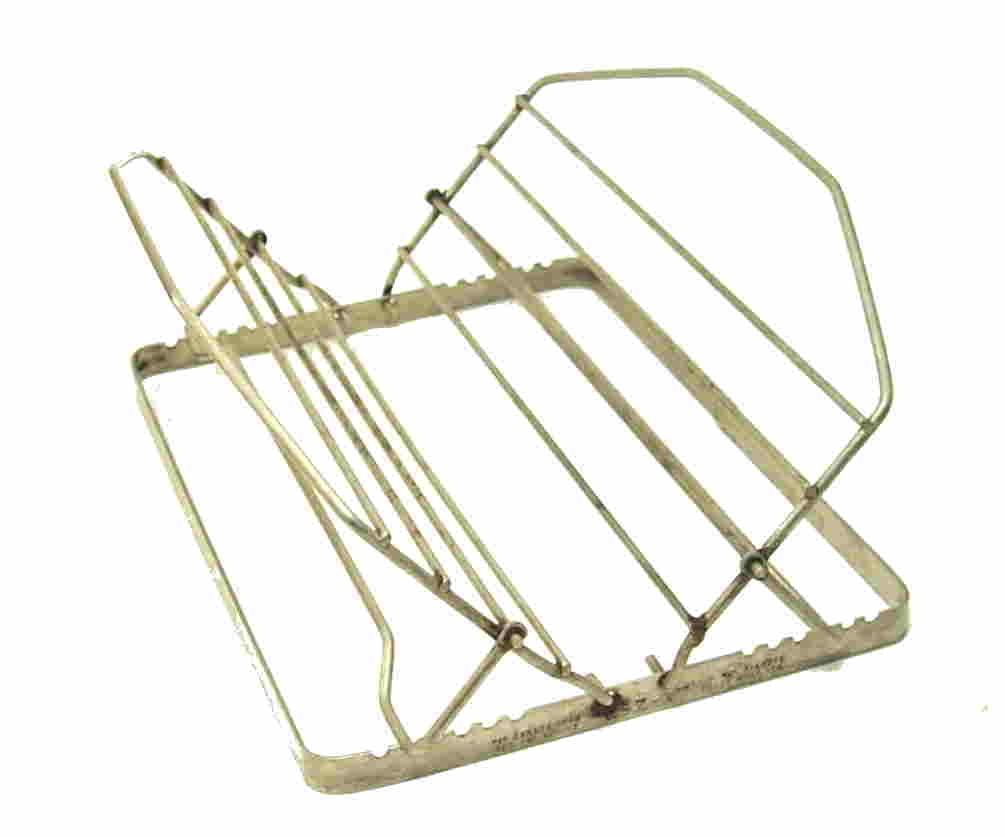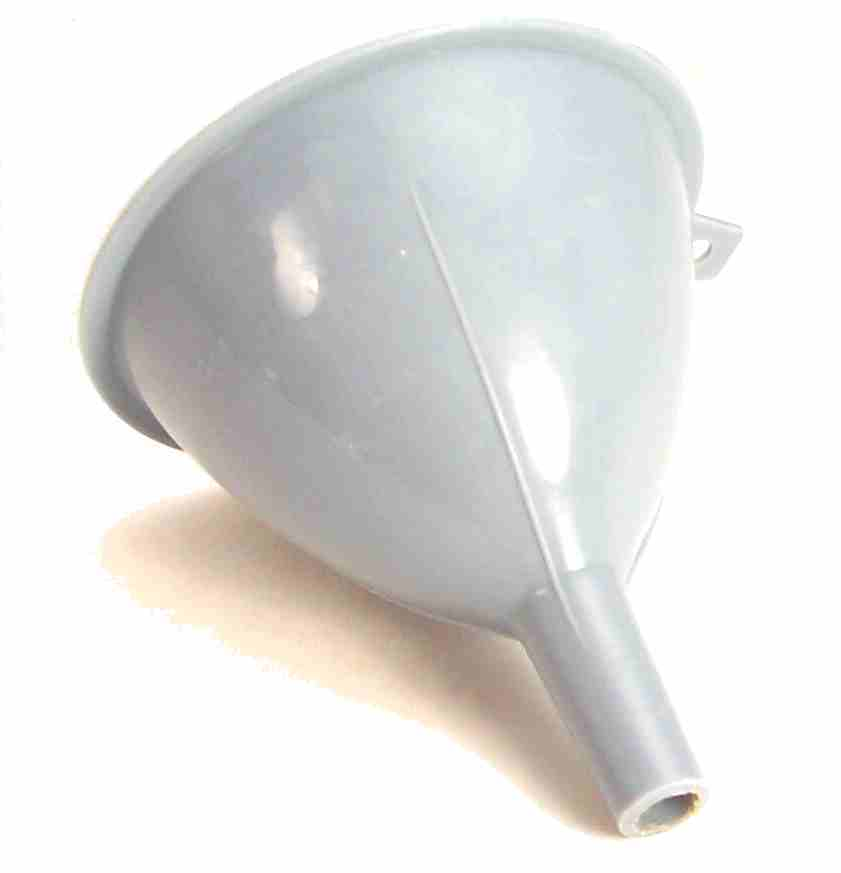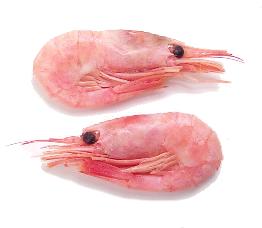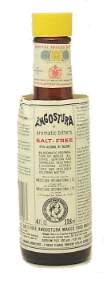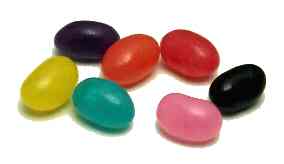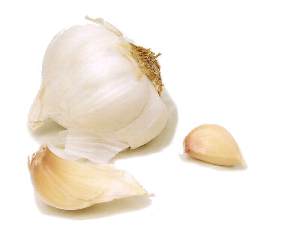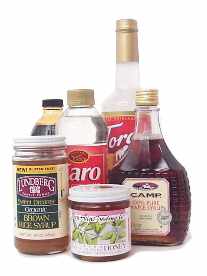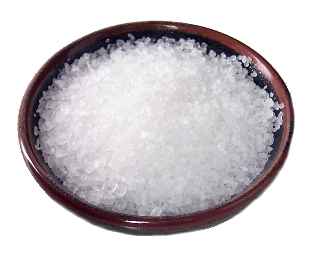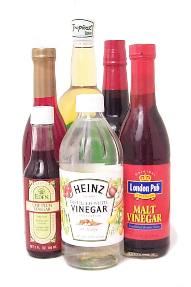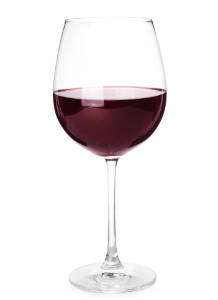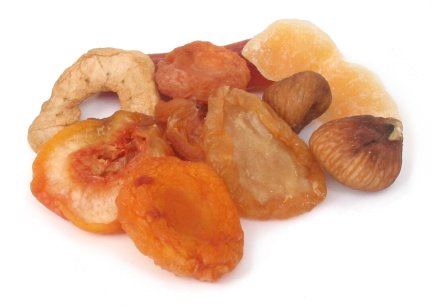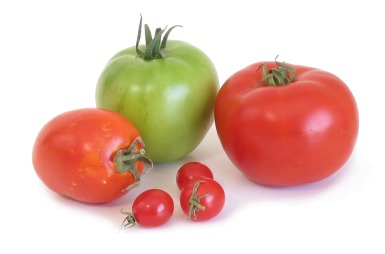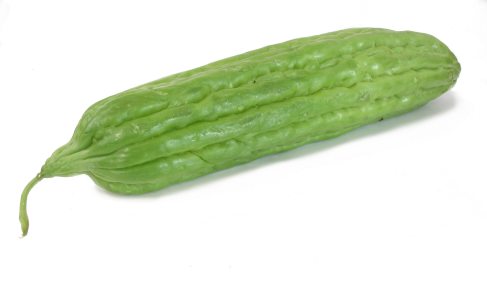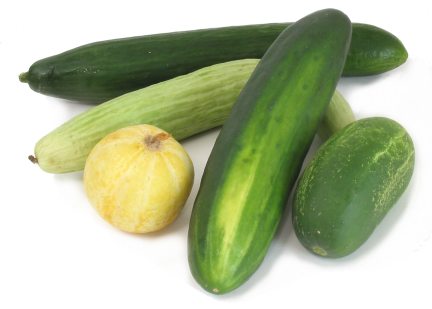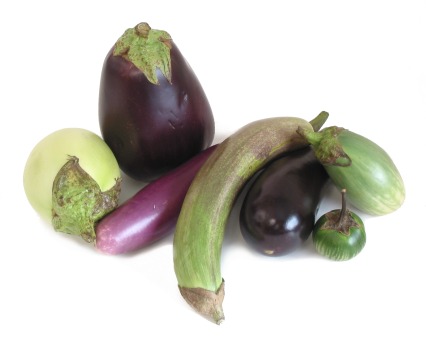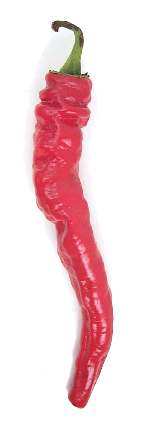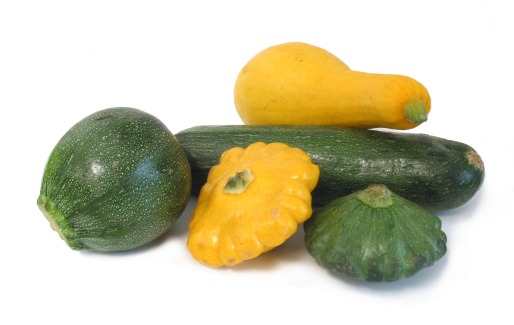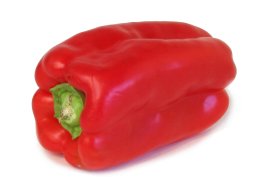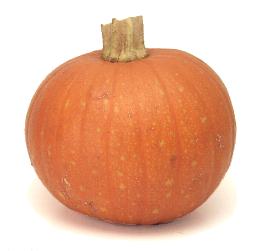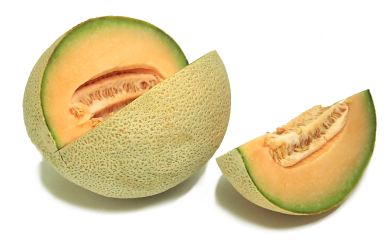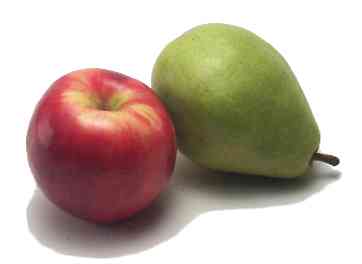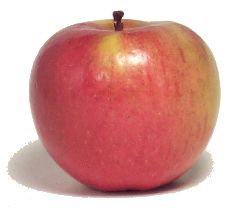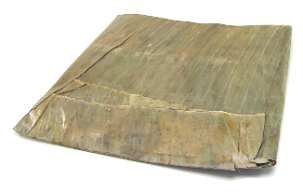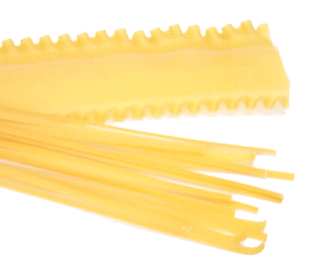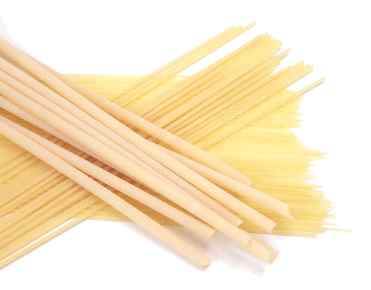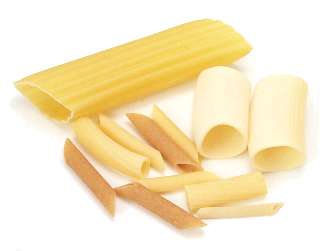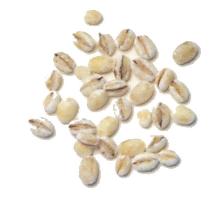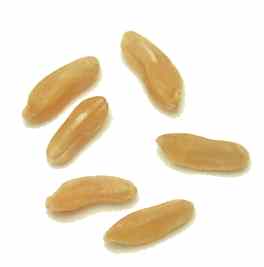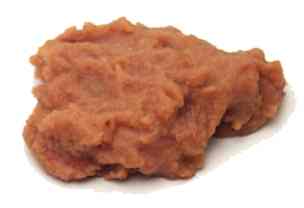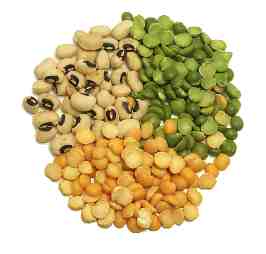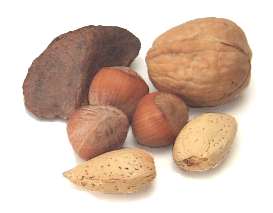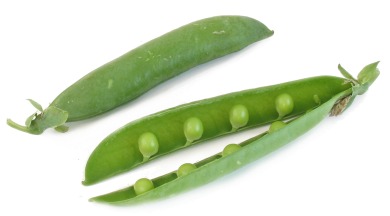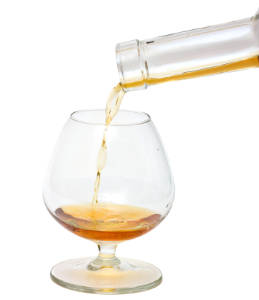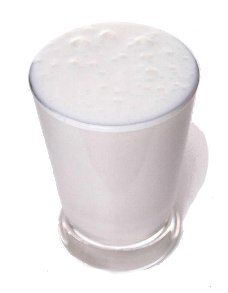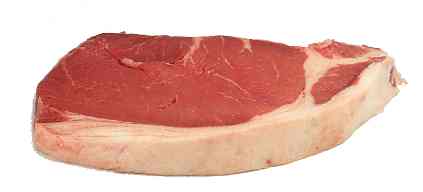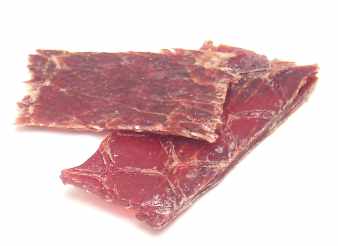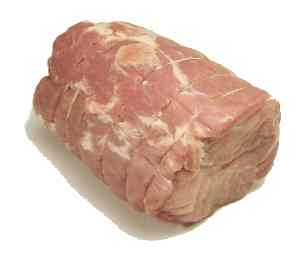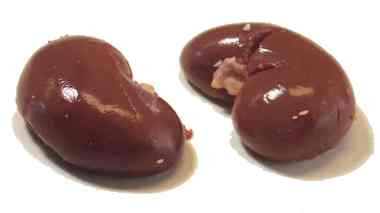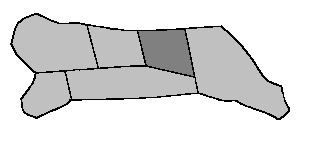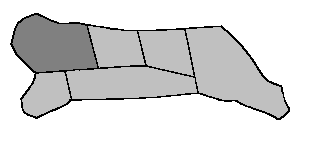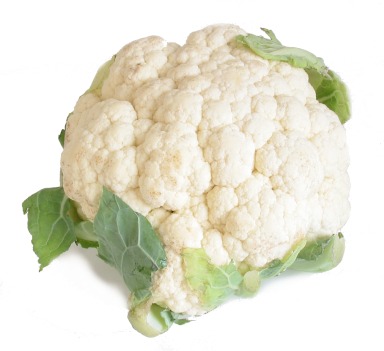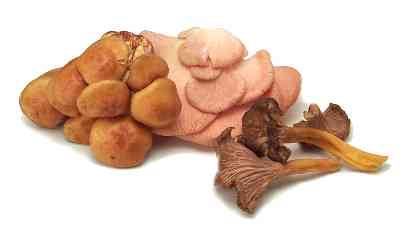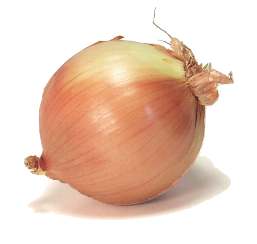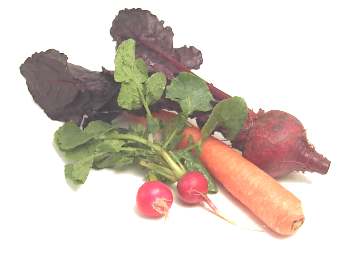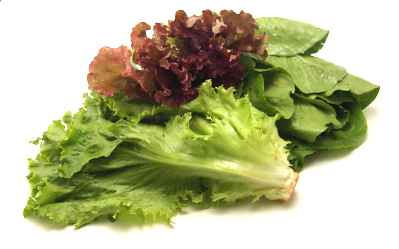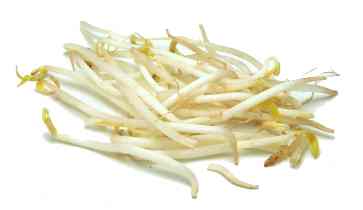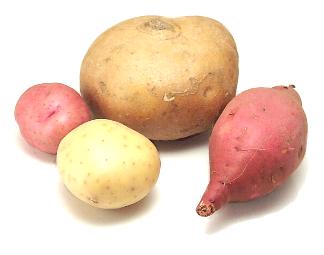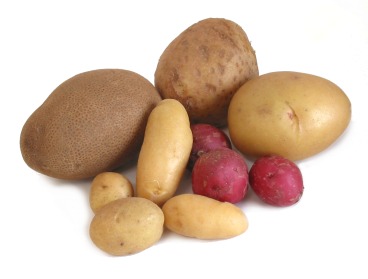All Ingredients
whole grains
These are grains that are either unprocessed or stripped only of their tough outer hulls. By themselves, whole grains are bland, so it's best to combine them with more assertive ingredients. It also helps to toast the grains before cooking them--this boosts their flavor and speeds up the cooking a bit.
Learn morewhole wheat pasta
Several varieties of pasta are made with whole wheat instead of a more refined flour. This makes the pasta darker but more nutritious.
Learn morewide rice noodles
These thick rice noodles are popular both in Southeast Asia and China. Soak the noodles in hot water until soft, then either boil them or add them along with some broth to your stir-fry.
Learn morewild pecan rice
This chewy, nutty-tasting hybrid contains neither wild rice nor pecans. It's only partially milled, so it retains some of the bran and has a nutty flavor.
Learn morewild rice
This isn't a rice, but rather a grass seed. Compared to rice, it's richer in protein and other nutrients and has a more distinctive, nutty flavor. The downside is that it's more expensive than rice and takes longer to cook. It's especially good with poultry and game. Cultivated wild rice isn't as expensive--nor as flavorful--as "wild" wild rice. Wild rice or manoomin is an important traditional food source for North American Indians. It grows naturally in marshes and the wet margins of lakes but is also grown commercially. There are three main species of the genus Zizania in North America; palustris (northern wild rice), aquatica (annual or southern wild rice) and texana (Texas wild rice).
Learn morewine
Wine is an alcoholic beverage made from the fermented juice of fruit, usually grapes. There are four broad categories: table wines, sparkling wines, fortified wines, and fruit wines. Table wines are the most common, and they're grouped by color--red, white, and blush, which is sometimes called rosé. A red wine should be served at room temperature, and it goes well with hearty, meat-based dishes like steak and spaghetti. White and blush wines should be served chilled, and they go best with lighter fare, like fish and chicken. Many wines, called varietals, are named after the variety of grape used to make them. Cabernet Sauvignon, Zinfandel, and Pinot Noir are popular red varietals, while Chardonnay, Chenin Blanc, and Johannisberg Riesling are popular white ones. In Europe, some wines, often blends of different varietals, are named after the place where the wine is produced, like Bordeaux, Burgundy, Chablis, Rhine, and Rhône. These European wines are often superb, but American wines that have borrowed these regional names, like California Chablis, are almost always mediocre. If you're buying a domestic wine, it's often better to go with a varietal, like a California Cabernet Sauvigno
Learn morewine ball
These are balls of brewer's yeast that are sold in Asian markets. They're used to make wine.
Learn morewine essence
This is wine that's been reduced to a syrup, which de-alcoholizes it and allows it to be stored for a longer period of time. Professional chefs sometimes make this to use up half-empty bottles of wine that would otherwise go bad in a few days. The syrup can be used in sauces or other dishes that call for wine.
Learn morewine vinegar
Wine vinegars are milder and less acidic than cider or white distilled vinegar, so they're a good choice for salad dressings, sauces, and marinades. There are several varieties, ranging from mild champagne vinegar to the tangy white and red wine vinegars to the dark and assertive balsamic and sherry vinegars. The milder vinegars go best with more delicate dishes, like salads, which stronger ones are best for deglazing pans, marinating meats, and adding tang to sauces. Rice vinegar, though it's sometimes called rice wine vinegar, is made from fermented rice, not rice wine.
Learn morewine yeast
This is used to convert the sugar in fruit juices into alcohol and carbon dioxide. There are different varieties, each best suited to producing a certain wine. Champagne yeast, for example, produces more bubbles than other forms of wine yeast.
Learn moreWinesap
This tart apple is great for eating out of hand or for making cider. It keeps for a relatively long time.
Learn morewinged bean
This pods have deep ridges, and attached leaves that open up like wings. Young ones are best. Don't confuse this with the yard-long bean, which is also sometimes called an asparagus bean.
Learn morewinter melon
This Asian squash-like fruit has a mild flavor similar to a cucumber. It should be peeled, seeded, and cooked before eating. Don't confuse it with sweet melons like Honeydews or cantaloupes, which sometimes also go by the name "winter melons."
Learn morewinter purslane
This resembles ordinary purslane, only the leaves and stems are smaller and more delicate.
Learn morewinter savory
This perennial herb has a stronger flavor than its annual relative, summer savory.
Learn morewinter squash
Winter squash come in many sizes and shapes, but all have hard outer rinds that surround sweet, often orange flesh. Winter squash arrive late in the growing season and they have a long shelf life, so they've long been a staple in winter and spring, when other vegetables are harder to come by. Unlike summer squash, winter squash must be cooked. They're usually baked or steamed, and then sometimes puréed. Select squash that are heavy for their size.
Learn morewonton noodles
These are thin Chinese egg noodles of various widths. They're usually served in soups. They're available both fresh and dried in Asian markets.
Learn morewonton wrappers
Wontons are the Chinese answer to ravioli--small packets of meat encased in a thin noodle wrapper. The wrappers are made of flour, eggs, and water, and, once filled with meat, can be easily folded and pinched into shape. While assembling the wontons, keep the stack of wrappers moist by covering them with a damp towel. You can seal the dumplings with a "glue" made with cornstarch and water. The wrappers come in different thicknesses. The thin ones work best in soups, while the thicker ones are best for frying. Look for stacks of them wrapped in plastic in the refrigerator cases of Asian markets. Store them in the refrigerator or freezer, but let them come to room temperature before using.
Learn morewood ear mushroom
Chinese markets carry fresh or dried pieces of this tree mushroom. You're supposed to soak or simmer the dried chips until they soften, and then rinse them carefully to remove any dirt. They're not very flavorful, but they have an interesting texture and are believed to have medicinal benefits.
Learn moreWorcestershire sauce
Health foods sell a vegetarian version of this. To make your own: See the recipe for Worcestershire Sauce posted on RecipeSource.com.
Learn moreX.O. sauce
Asians pour this sauce over noodles and seafood. It's made from dried anchovies, shrimp, and chiles.
Learn morexanthan
Derived from corn sugar, xanthan gum is used as a thickener, stabilizer, and emulsifier.
Learn moreyam
Americans use the word "yam" to refer to a sweet, moist, orange-fleshed variety of sweet potato. To everyone else in the world, a yam is what Americans call a tropical yam, a firm tuber with white flesh. Varieties of American "yams" (sweet potatoes) include the garnet yam (pictured at left) and the jewel yam.
Learn moreyam cake
Yam cakes are made by combining yams, dried prawns and rice flower. Then shaping it and steaming it.
Learn moreyam leaves
Yam leaves are the young leaves of the yam (sweet potato) plant. They are used as flavorful greens in various dishes worldwide.
Learn moreyamaimo
This is a sticky yam that the Japanese peel and grate or julienne for salads. It's also fried or used to make soba noodles.
Learn moreyard-long bean
These beans usually aren't a yard long--half a yard is more typical. Asians like to cut them into smaller pieces and add them to their stir-fried dishes. You can also boil or steam them like green beans, though they're not as sweet and juicy. They don't store well, so use them within a few days of purchase.
Learn more









